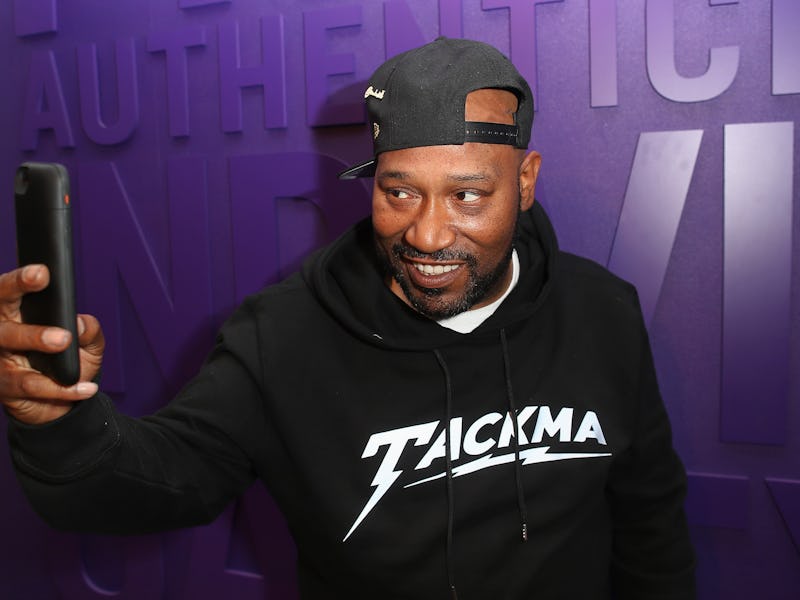Everything You Need to Know About MasterCard's New Selfie Payments
Here's how and why they could be the future of biometrics.

Forget cumbersome passwords, forget the name of your first elementary school or pet — with MasterCard’s new selfie-security system, all you’ll need to verify your identity and pay for things is your phone and your face.
After months of trials in the United States and the Netherlands, MasterCard is bringing its Identity Check system to the United Kingdom and 14 other countries. Similar to Apple Pay, MasterCard’s system will use biometrics like fingerprints to verify a user’s identity before authorizing a payment, rather than relying on passwords, codes, or other security protocols.
Biometrics aren’t a new form of identity verification, but MasterCard’s Identity Check system is one of the first to turn to smartphone cameras for complex facial recognition.
Here’s how it works:
You download the official MasterCard app and upload a selfie, which creates a detailed map of your face that’s stored on MasterCard’s servers. The next time you make a purchase on your phone, you can either use the fingerprint scanner or look at the phone’s camera. A still image, however, isn’t going to cut it — the app will then ask users to blink before it verifies them, and the payment.
Faces and fingerprints can be faked, but human interactions and responses, like blinking, are much harder to replicate. Other companies are looking into walking patterns, voice recognition, and other physical-interaction based security setups other than an easily hacked, replicated, or stolen password.
MasterCard told The Verge the technology would usually only be used when a phone payment needed extra verification. The app has algorithms in place to try to prevent a thief fudging the blink system with a video of the user, and can collect a large amount of data about the transaction in progress when needed.
“We will have a lot of information about your transaction,” Ajay Bhalla, MasterCard’s president of enterprise security solutions, told The Verge. “Where are you, where are the goods getting shipped, what is your location.”
The future of biometrics is completely up for grabs, and with digital security on the front pages of news networks all over the world, companies are hurrying to figure out new ways to secure their devices.
Bhalla even said the company was looking into heartbeat recognition, where a user would use a special bracelet to constantly authenticate their devices with their unique electrocardiogram signature.
But even when all these things fail, sometimes cold, hard cash works just fine.